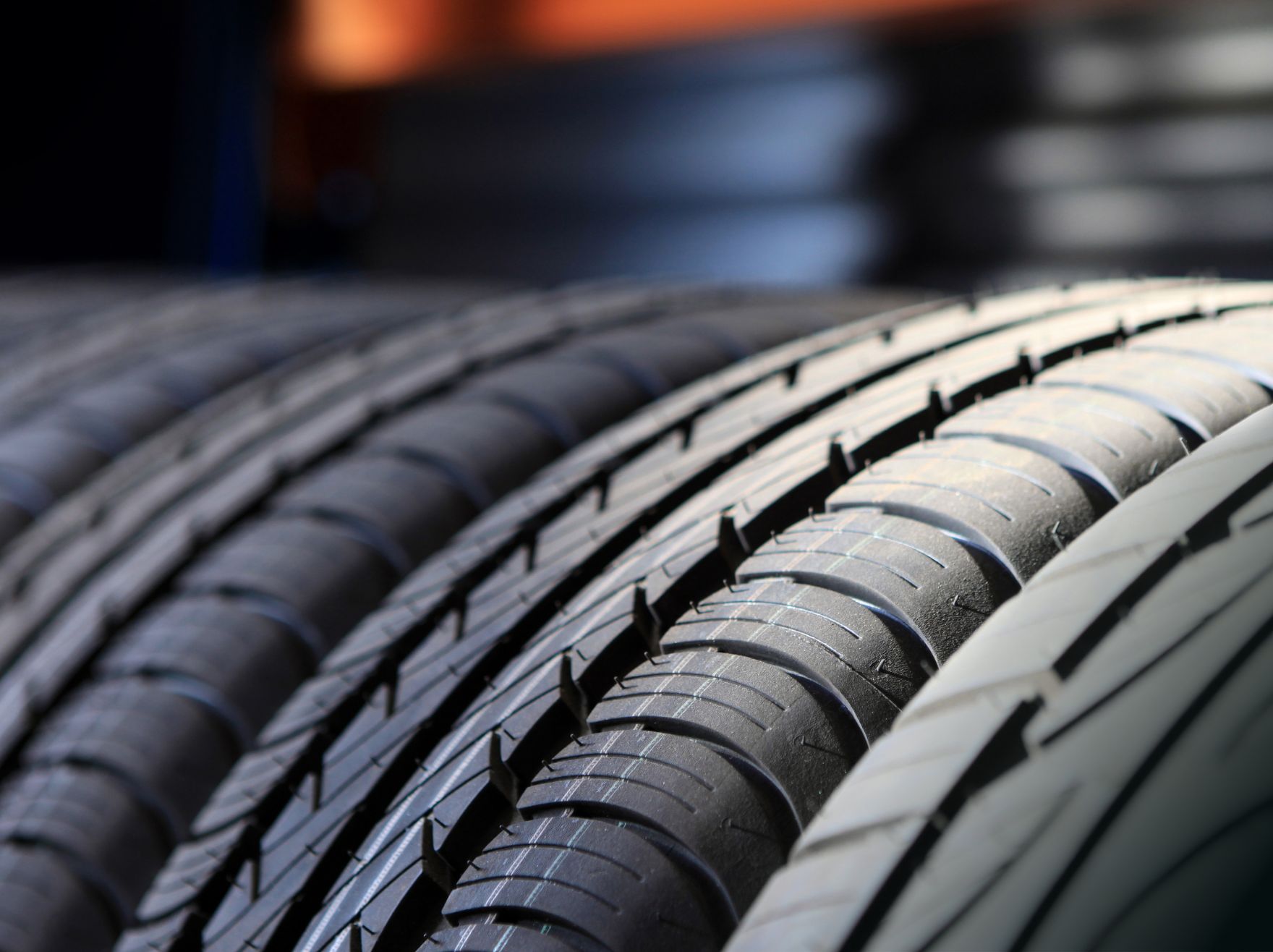
Tires are one of the most crucial components of your vehicle. They are the only points of contact between the car and the road, affecting handling, fuel efficiency, and safety. That’s why it’s essential to keep them in good condition and know when to replace them. In this blog post, we will discuss everything you need to know about tires, including wheel alignment, tire rotation, tire pressure, what causes tire wear, and measuring tread depth.
When to replace
There are several indicators that it’s time to replace your tires, including tread depth, tire age, and visible signs of wear and damage. The most critical element of a tire’s performance is its tread depth. As the tire wears, its ability to grip the road decreases, increasing stopping distances, and reducing control. Manufacturers design tires with wear bars that appear when the tread depth reaches 2/32 of an inch. You can also use a penny to check the depth – place the penny in the tread groove with Lincoln’s head pointed down. If you can see the top of his head, it’s time for new tires.
Alignment
Wheel alignment refers to the adjustment of the angles of the wheels to ensure they’re perpendicular to the ground and parallel to each other. Proper alignment distributes the weight evenly across the tires, reducing wear and tear and maximizing fuel efficiency. Signs of misalignment include uneven tire wear, steering issues, and a drifting or pulling sensation while driving. Regular alignment checkups can help prevent premature tire wear, increase safety, and improve handling.
Rotation
Tire rotation is the process of changing the position of the tires on a vehicle to distribute the wear evenly and extend their lifespan. It also helps maintain the handling and stability of the vehicle and prevent uneven wear patterns. The most common rotation pattern is moving the front tires to the rear and vice versa, crossing the sides. It’s recommended to rotate your tires every 5,000 to 8,000 miles or every six months, depending on your driving conditions.
Pressure
Maintaining the correct tire pressure is crucial for safety, fuel efficiency, and tire longevity. Underinflated tires are more likely to wear out quickly, negatively impact handling and fuel economy, and even cause blowouts. Overinflated tires reduce traction, cause uneven tire wear, and make the ride harsh and bumpy. Always follow the manufacturer’s recommended tire pressure, which can be found in the owner’s manual or on a label inside the driver’s door.
What Causes Tire Wear
Several factors can cause tire wear, including improper inflation, misalignment, overloading, aggressive driving, and poor road conditions. Misaligned wheels cause the tires to drag or scrub against the surface, resulting in uneven wear patterns. Overinflated tires are more likely to wear out in the center, while underinflated tires wear out on the edges. Overloading your vehicle beyond its recommended capacity puts too much weight on the tires, leading to premature wear and potential blowouts.
Measuring Tread Depth
Tread depth is the most critical factor in determining the condition of your tires. The standard measurement tool is a depth gauge that measures the depth of the grooves in the tire. Tires typically have a depth of 10/32 of an inch when new, and it’s recommended to replace them when the depth reaches 2/32 of an inch. You can also use the penny test we mentioned earlier to measure tread depth – if the top of Lincoln’s head is visible, it’s time for new tires.
Tires are vital to your vehicle’s performance and safety, so it’s crucial to keep them in good condition. Regular maintenance, including proper inflation, alignment, rotation, and timely replacement, can help extend their lifespan and ensure a safer and smoother ride. At Clift Buick GMC, we offer a Tire Price Match Guarantee and expert tire services to keep your vehicle running smoothly. Call us at 517-265-6107 to schedule an appointment or get more information.





